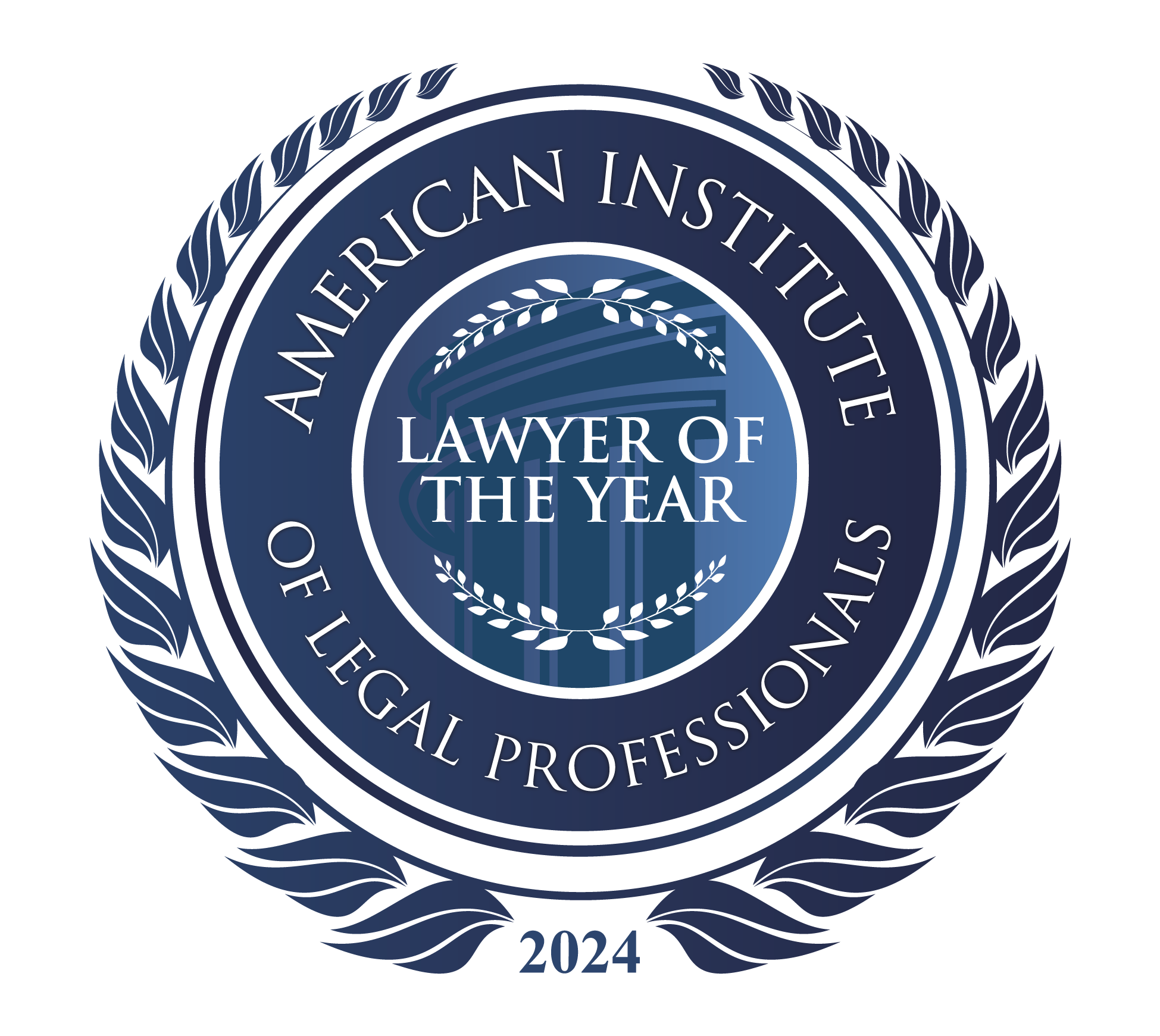Comparative fault laws determine how much money you can get for your injuries and losses when you were partially at fault for the accident. Under Colorado’s modified comparative negligence law, you can still get money for your injuries even if you share some of the blame. However, your share of responsibility for the incident reduces the financial recovery you can receive. And if you’re 50 percent or more at fault, you can’t recover any compensation at all.
How Does Colorado’s Modified Comparative Negligence Law Work?
Colorado’s comparative negligence law comes into play when one party (called the plaintiff in a lawsuit) sues another person (called the defendant) and their insurance company to recover compensation for their injuries. The court hearing the suit will listen to the facts each side presents and then assign each side a percentage of fault. Any compensation the court awards the plaintiff will be reduced according to the plaintiff’s share of liability for the accident.
Here’s an example of how it works in practice. Let’s say you’re in a car accident, and both you and the other driver made mistakes that contributed to the collision. The court finds you to be 30 percent at fault and the other driver to be 70 percent at fault, which means you can still recover compensation from the other driver. However, the amount you receive will be 30 percent less than it would have been had the other driver been entirely at fault. So, if your expenses from the accident totaled $100,000, your final award would be $70,000, due to the 30 percent reduction required by Colorado law on comparative negligence.
Note that Colorado is a modified comparative negligence state. Its modified comparative negligence law says you can get compensation only if your share of the fault is less than 50 percent. States like Colorado, with comparative negligence laws, generally provide a fairer outcome for injured people than states that still use the contributory negligence rule. Under contributory negligence laws, any liability on the part of the plaintiff will bar recovery of any compensation for the plaintiff’s injury. Contact our Denver personal injury lawyer today.
How Is Fault Determined in a Personal Injury Claim?
Many different steps and disputes go into determining who is at fault for causing an injury. Here are some ways the process could play out:
- Police investigations – If the police respond to the accident scene, they would be the first to investigate. Officers will look for evidence, talk to anyone who was involved or saw what happened, and write a report. This report often includes the responding officer’s preliminary determination of fault.
- Insurance company investigations – Once the involved parties report the accident to their insurance providers, adjusters from the insurance companies will likely do their own digging to determine fault. Insurance adjusters will review police reports, testimony from the involved parties, and other evidence to determine which policy should pay for the damage.
- Lawyer’s investigations – An injured party will often turn to an attorney to help them prove the other side’s fault. The lawyer can conduct a deeper investigation than the police or insurance companies, looking for evidence that supports their client’s side of the story. They may also work with medical and accident reconstruction experts to strengthen their arguments.
- Analysis in court – If the lawyers and insurance companies cannot come to an agreement on their own about fault, they may have to go to court to resolve matters. There, a judge or jury will examine the evidence, listen to what witnesses and experts say, and apply the law to decide who was to blame and to what degree. That is the final step where a formal determination of fault occurs.
What Evidence Can Prove the Other Party’s Liability?
The parties responsible for determining fault rarely see the injury accident occur as it happens, so they must rely on evidence and testimony to make their determinations of fault after the fact. The following examples of evidence could provide clues that show what happened and who is responsible for an injury accident:
- Photos of the scene
- Surveillance camera videos
- Dashcam videos
- Witness statements
- Medical records
- Expert witness testimony
- Cell phone records
- Accident reconstruction reports
- Photos of injuries
- Physical evidence from the scene
- Traffic citations issued at the scene
- Personal diaries or notes
- Weather or traffic reports
- Property damage reports
- Emergency medical service (EMS) reports
- Blood alcohol content (BAC) and drug toxicology tests
- Vehicle maintenance records
- Social media posts
Who Makes the Final Decision About Who Is at Fault for an Accident?
Courts have the final say in deciding fault. At trial, a judge or jury carefully examines all evidence and arguments from each side and applies the law to these facts. They then assign a percentage of fault to each party involved based on the principles of comparative negligence and determine who must compensate whom and for how much.
However, most cases are settled before reaching court. In these situations, insurance companies and lawyers negotiate to come to an agreement about fault and compensation. If the lawyer’s client is satisfied with the settlement the lawyer has negotiated, they will sign the offer, which releases the insurer from further liability – meaning the injured party can’t go to court if they become unhappy with the settlement.
How Can a Personal Injury Lawyer Maximize My Compensation?
An experienced personal injury lawyer can significantly increase your chances of recovering a fair settlement or award after an accident in Colorado. Here are some ways an attorney could help to maximize your payout:
- Gathering comprehensive evidence to support your claim
- Analyzing your medical records and consulting medical experts to confirm the severity of your injuries
- Calculating the total value of your claim, including future medical expenses and lost wages
- Coordinating with accident reconstruction specialists if necessary
- Identifying all potential sources of compensation
- Building a solid case that minimizes the negligence attributable to you while mounting a comparative negligence defense
- Negotiating aggressively with insurance companies
- Reviewing settlement offers and advising you on whether they meet your needs
- Representing you in court if the case goes to trial
- Advocating for your rights and interests throughout the legal process
Contact a Colorado Personal Injury Lawyer
Are you ready to fight for the maximum financial compensation you deserve after an accident in Colorado? Contact The Wilhite Law Firm today for a free consultation. Let us protect your rights, build a case against the other side, and fight to secure the total compensation you need to move forward.
















